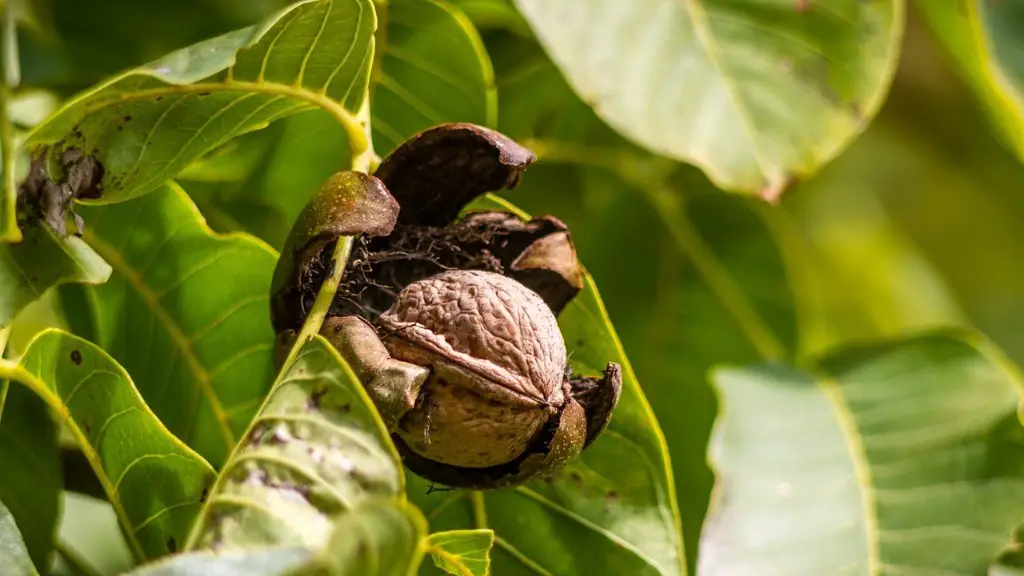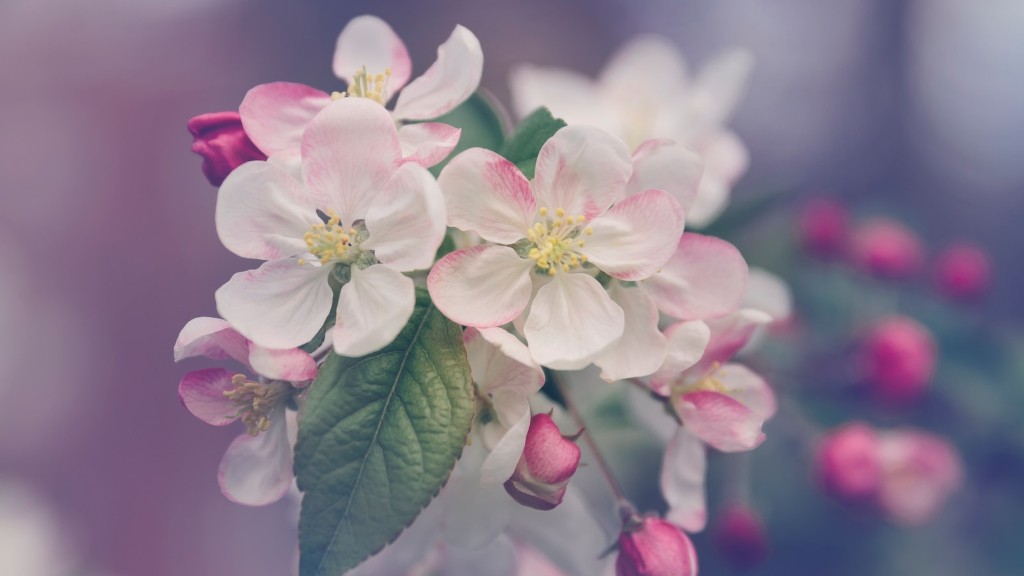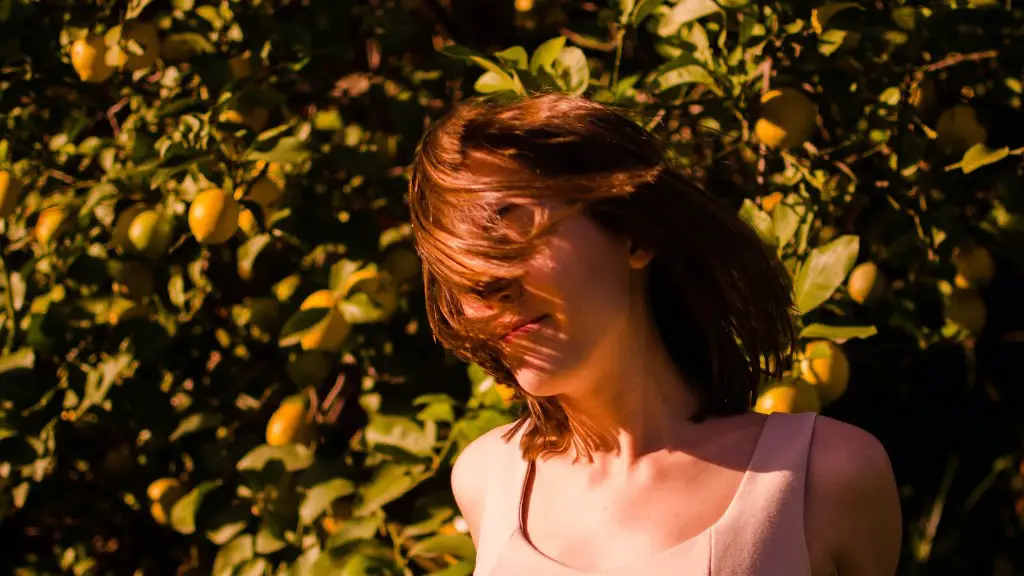Weeping cherry trees, scientifically known as Prunus subhirtella, are deciduous trees that originate from Japan. The trees typically reach heights of between 15 and 20 feet, and they bloom into a pristine landscape of cascading petals in the spring. All members of the rose family, they produce white and pink hues as they flower and fall, creating a uniquely captivating sight. Weeping cherry trees require diligent pruning to give them the distinct weeping shape they are known for, and the pruning should be done on an annual basis. With their graceful presence in many neighborhoods, Weeping Cherry trees have become a popular element in landscaping, for which many people consider them an ideal amenity.
A weeping cherry tree is a flowering and deciduous tree that is perfect for a garden in which the flowers will be seen from a distance. Weeping cherry trees, also known as Higan cherry, have a tendency to have longer spreading branches that droop down like a willow tree. These branches will often reach down to the ground in a cascading effect and are incredibly picturesque when in full bloom.
There are several varieties of weeping cherry tree but the most popular one is Prunus subhirtella ‘Pendula’. This variety has a beautiful array of white, pink and also pink-white mixed colors. It is also known as weeping Higan cherry and is able to bear fruit with a heavenly sweet aroma when in full bloom. The tree usually matures in 15-20 years and reaches a height of 9-15 feet. This makes it perfect for home gardens and landscaping.
When seeking to plant a weeping cherry tree, the climate and soil should be taken into consideration. They can tolerate frost and light snow, however, they should be planted in an area with full sun and sheltered from wind. Furthermore, they require well-draining soils as excessive moisture can lead to root rot. With the ideal conditions, Weeping Cherry trees can thrive for over 50 years, with the oldest one documented to be nearly 350 years old.
When it comes to caring for a weeping cherry tree, it is important to understand that regular pruning every year is necessary in order to maintain its characteristic ‘weeping’ shape. Pruning helps to keep the branches healthy and encourages new growth. The best time to prune a weeping cherry tree is in the late winter or early spring while the tree is still dormant. In the late autumn, it is important to apply a layer of mulch around the tree’s base to protect its roots during winter time.
In terms of pests and diseases, weeping cherry trees are generally considered more resistant than other fruit trees. However, a few pests can still cause damage to its branches and leaves. These pests include scale insects, aphids and mites, which can be controlled with regular applications of insecticides and pruning. Moreover, the tree is susceptible to some fungal infections such as peach leaf curl, powdery mildew and Phytophthora root rot.
Weeping cherry trees can truly transform the atmosphere of any garden and bring the charm of an enchanted forest. A tree of such beauty and grace, the Weeping cherry tree is the perfect addition to any landscape, offering a tranquil oasis after a long day.
Treesite Visibility
Weeping cherry trees are great for offering a focal point in any garden. Their cascading branches are heavily adorned with stunning blooms, making them a sight to behold, and even seen from a distance. Additionally, their petite size makes them ideal for growing under power lines, in small yards and in places with limited space. Moreover, their low-hanging branches serve as a natural fence and allow for efficient use of available space.
Cultivation Tips
When picking a weeping cherry tree for a garden, it is important to keep in mind a few qualities and features that will better suit the tree to its new environment. The tree should have an evenly distributed crown, good branching and a strong trunk. Additionally, seeding may be more expensive but a more established, healthy tree with a good root system will survive better and offer more abundant blossoms.
For Weeping Cherry trees to thrive, it’s critical to provide the environment with ample sunlight. Weeping cherry trees require direct sunlight throughout the day and can suffer in shaded areas. Furthermore, in order to ensure they don’t get too dry and stressed, they should be watered regularly with abundant and consistent deep watering.
Disease Prevention
Weeping Cherries are susceptible to several fungal diseases and pests, as discussed earlier. The most common type of fungus is called cherry leaf spot, which is caused by the Blumeriella jaapii fungus. The best approach to controlling this disease is a preventative one, as the fungus can become more tenacious if left untreated. By removing dead and damaged branches, applying a fungicide, and monitoring tree levels of nutrition and health, it can be kept to a minimum.
Another common fungal disorder is powdery mildew, which is caused by the fungus called Podosphaera tridactyla. This fungus forms on the youngest leaves and is visible as a white powdery coating. It can be controlled by removing any infected foliage and applying a fungicide such as potassium bicarbonate.
Pruning Techniques
One of the easiest and most effective ways to keep a Weeping Cherry Tree healthy and lush is through regular pruning. Weeping Cherries need to be pruned annually in order to maintain their distinct shape and size. Pruning helps to reduce the size, shape and even to thin the crown or canopy. The pruning should be done during the late winter or early spring while the tree is still dormant.
In order to properly prune the tree, it needs to be divided into three parts. First, the secondary branches need to be trimmed to give it an overall desired shape. Then, dead or diseased branches need to be removed. Finally, thinning out the canopy of a Weeping Cherry will help increase air circulation and keep the tree healthy. It will also keep the tree proportionate and aesthetically pleasing. During the pruning process, make sure to also remove any buds that do not flower in the spring.



